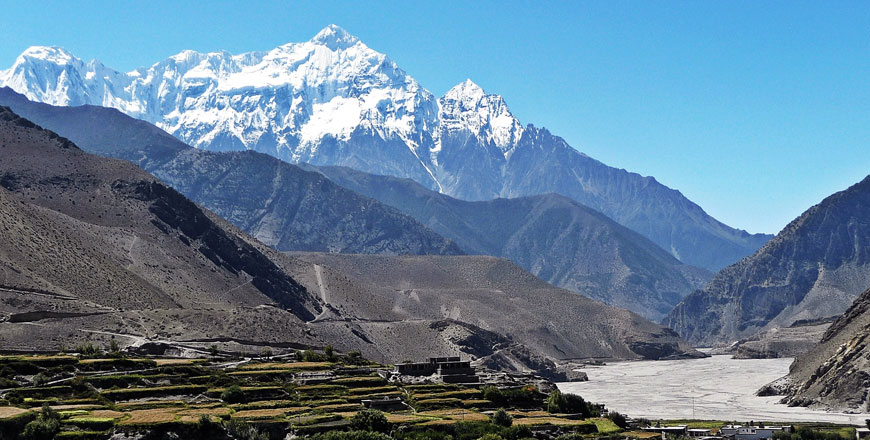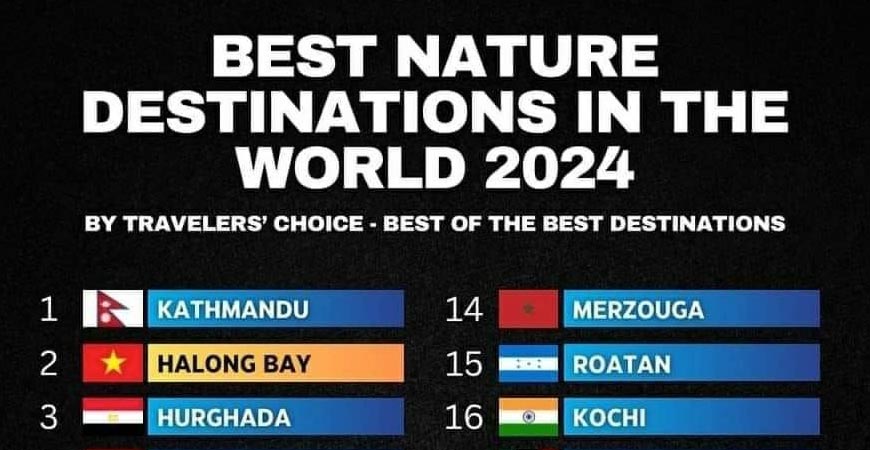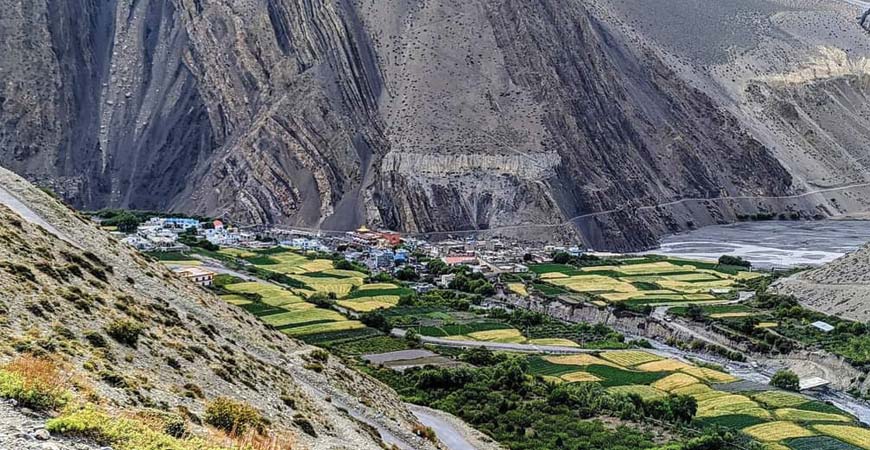Skyping expedition brings book to life

Skyping expedition brings book to life
Students in Jodi Salmon’s 6th-grade class at Mooresvillle Intermediate School Skype with Lakpa Rita, a Sherpa who leads climbers on expeditions on Mt. Everest.
Sixth-graders in Jodi Salmon’s class at Mooresville Intermediate are reading the novel “Peak” by Roland Smith, a story about a 13-year-old boy climbing Mt. Everest and some of the difficult decisions he is forced to make along the way.
To accompany their studies, Salmon contacted climbing rangers in Telkeetna, Alaska, to discuss the nature of high-altitude climbing and the difficulties that climbers face when climbing Mount McKinley there.
The students also had the opportunity to speak with a professional Sherpa in Nepal at Mt. Everest’s base camp as well as the president and founder of Alpine Ascents International last week and learn first-hand what it’s like to climb to the summit.
Through the use of Skype, the students asked the men about their climbing experiences and as well as the difficulty of climbing Mt. Everest.
Their first discussion was with Lakpa Rita, a Sherpa (or guide) of Mt. Everest, who has been on at least 23 expeditions with 17 summits of Mount Everest, embarked on seven guided summits of Cho Oyu — the sixth-highest mountain in the world — and climbed numerous other peaks in Nepal.
He has been the high camp manager and guide on the Aconcagua and Denali mountain ranges through Alpine Ascents International and has guided numerous peaks in the Cascades including Mount Baker and Rainier.
Rita is also known as the “Best Sidar (Sherpa captain) in the Khumbu” and directs and organizes a team of Sherpas for every Himalayan expedition.
Rita is also one of the only Sherpa working as a full-time mountain guide around the world. In 2009, he became the first Sherpa and first Nepali to climb the Seven Summits, and he was named one of Outside Magazine’s Adventurers of the Year for 2013.
Rita told the students that it was the beginning of the climbing season there and he had just gotten to base camp last Monday. He noted he had to climb Mt. Everest three times before making it to the summit, adding that climbing difficulty depends on the conditions of the snow.
Rita told the students that there are four other camps above the base camp, and that ascending Everest can take weeks.
“We spend a week practicing how to cross the ladders and then training with ropes,” he said. “When you reach the first camp you’re at 21,000 feet, and then you climb to camp two which is at 22,000 feet. Then you ascend to base camp three to 24,000 feet. As you make your way to the summit you push from three up to camp four, and spend the night breathing with oxygen. The next day we push to the summit which takes 10-12 hours.”
Rita told the students that going up is easier than going down the mountain.
“By the time you get to the top you’re exhausted then climbing down is harder,” he said. “The hardest part going up is the summit day of the climb.”
Rita said the biggest challenge with being a guide is the number of climbers they are responsible for keeping safe and getting up and down the mountain safely.
Another challenge climbers face is that the glaciers on Everest can move 5 feet per day, causing climbers and guides to frequently fix and move the ladders placed on the mountain.
Rita told the students that he is a guide for two reasons: respect and finances.
“I enjoy doing what I’m doing,” he said. “A lot of people who are here with me do this to support their families.”
The students also spoke with Todd Burleson of AAI, and John Leonard, the chief ranger for the National Park Service for Denali National Park.
“It was through (John’s) contacts with Todd and Lakpa that we were able to put this all together,” said Salmon.
As director and founder of AAI, Burleson has achieved success as a business leader and in the mountain-guiding industry as one of the world’s leading mountaineers.
Burleson spent most of childhood in Alaska where his prowess and love for mountaineering was developed. In his 20 years of guiding, he has led eight expeditions to Everest, and has guided successful expeditions on every continent including all of the Seven Summits numerous times.
In addition to being a long-time instructor, Burleson has led climbs in Mongolia, Alaska and on Rainier, including a number of first ascents in the arctic region of Greenland.
In 1998, Burleson was awarded the American Alpine Club’s prestigious David J. Sowles award for his rescue efforts on Mt. Everest in 1996. Burleson also takes an active role in developing environmental policies for mountaineering, setting standards for the mountain guiding industry, working with the National Park Service and overseeing the Alpine Ascents Sherpa Education Fund.
The students asked Burleson why he climbed Everest and he told them that being raised in Alaska, he learned to love the mountains and started climbing there at the age of 16.
“Those were smaller mountains, but I loved it,” he said.
Burleson told the students that it costs around $65,000 to climb Everest with guides.
“It’s very expensive to do,” he said. “We only take one group up every spring and we’re there for two months. This gives us time to acclimatize and get good (climbing) conditions.”
Burleson told students that weather and the altitudes aren’t the only things they have to get used to, but noted that boiling temperatures are also affected and occur at a much lower temperatures.
Burleson also told the students that the camps are not set up year round on Everest, but that they must carry and bring all of the equipment they will need to set up the camps with them and take it back down the mountain once they are done.
Burleson also explained the severity of frost bite that can occur when climbing Everest and other mountains and noted the most important and essential tools to use while climbing are an ice axe and crampons.
“The most important thing when climbing is to make good decisions and judgment,” said Leonard. “If you make bad decisions, bad things will happen.”
In case of an avalanche, Burleson said it’s all about having good judgment and carrying the proper gear.
“Avalanches are one of the most deadly challenges, and very difficult to address sometimes,” he said. “Every time it’s just snowed we wait a couple of day to see what the mountain looks like.”
Burleson ended the discussion by showing students the Denali Mountain Ridge, which he can see from his home in Alaska.
Student Jacob Karelitz said the Skype interviews were a “game-changing experience for the book, and changes the way we’ll see the book.”
Added fellow student Kira Noblezada, “I expect the book to be good.”
Jessica Osborne




Comments